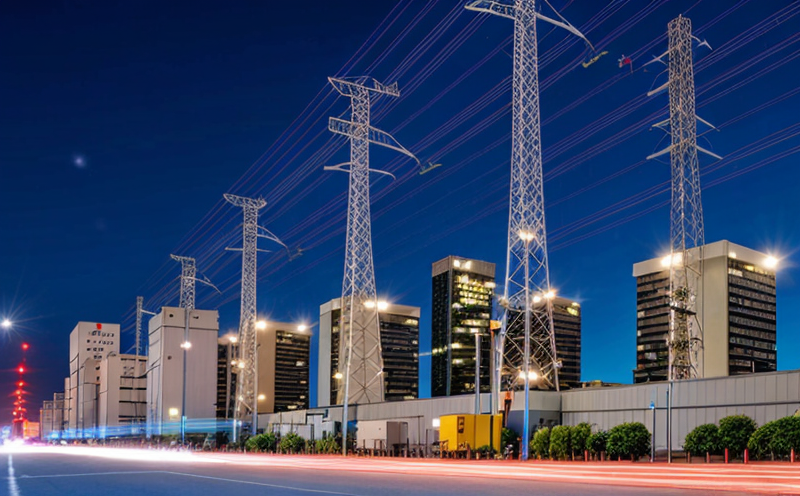IEC 62471 Photobiological Safety Testing of LED Products for Export
The IEC 62471 standard provides a framework to ensure photobiological safety in the use of lighting equipment. This is particularly crucial for products intended for export, where compliance with global standards can significantly impact market access and customer trust.
When it comes to LED products, the focus on photobiological safety is paramount due to their widespread use and potential hazards if not designed or manufactured correctly. Compliance with IEC 62471 helps manufacturers navigate international markets by ensuring that their products do not pose a risk of harm from exposure to light, especially in environments where prolonged or direct contact might occur.
The testing process is meticulously detailed in the standard, covering various aspects such as the emission spectrum and intensity of LED sources. This ensures that any product intended for export meets stringent safety requirements set forth by international organizations. The aim is not only to protect end-users but also to safeguard the reputation of manufacturers who adhere to these standards.
Compliance with IEC 62471 can be a complex process, requiring specialized knowledge and equipment. Our team of experts ensures that every step of the testing procedure adheres strictly to international guidelines, providing accurate results that are essential for export approval.
The importance of photobiological safety cannot be overstated in today’s interconnected global market. By ensuring compliance with IEC 62471, manufacturers can avoid costly delays and potential bans on their products due to non-compliance. This not only protects the brand’s integrity but also enhances its competitive edge by demonstrating a commitment to safety and quality.
Our testing services go beyond mere compliance; they provide valuable insights into how your product performs under various conditions, helping you refine designs and improve overall performance. With a deep understanding of both the technical aspects and the broader implications for export markets, we offer comprehensive support tailored specifically to your needs.
In summary, IEC 62471 Photobiological Safety Testing is not just about meeting regulatory requirements; it’s about safeguarding public health and fostering trust between manufacturers and consumers globally. By partnering with us, you ensure that your LED products are safe, compliant, and ready for successful export.
Applied Standards
The IEC 62471 standard is widely recognized as the benchmark for photobiological safety in lighting equipment. It specifies how to assess the potential health risks associated with exposure to light from sources like LEDs. This includes evaluating both direct and indirect emissions, considering factors such as wavelength distribution, irradiance levels, and viewing angles.
The standard applies specifically to luminaires and similar products that emit visible or invisible radiation within a certain spectral range. It aims to protect individuals who may be exposed to these light sources during normal use or under specified conditions, ensuring compliance with international safety regulations.
Scope and Methodology
The scope of IEC 62471 Photobiological Safety Testing encompasses the evaluation of photobiological hazards posed by LED products. This involves measuring the emitted light to determine its impact on human skin and eyes, focusing particularly on UVA, UVB, and blue light emissions.
During testing, samples are subjected to rigorous examination using advanced spectroscopy equipment capable of detecting minute differences in spectral power distributions. The results from these analyses are then compared against predefined thresholds outlined by the standard to ascertain whether the product falls within safe limits.
Why Choose This Test
- Avoid Legal Penalties: Non-compliance can lead to substantial fines and penalties, affecting both current operations and future expansion plans.
- Enhance Brand Reputation: Demonstrating commitment to safety strengthens customer confidence and builds a positive brand image.
- Promote Global Trade: Meeting international standards facilitates smoother entry into foreign markets without facing unnecessary barriers or restrictions.
In addition, our team offers detailed reports that provide actionable insights beyond mere compliance verification. These reports help identify areas for improvement and suggest modifications to enhance product safety further.





